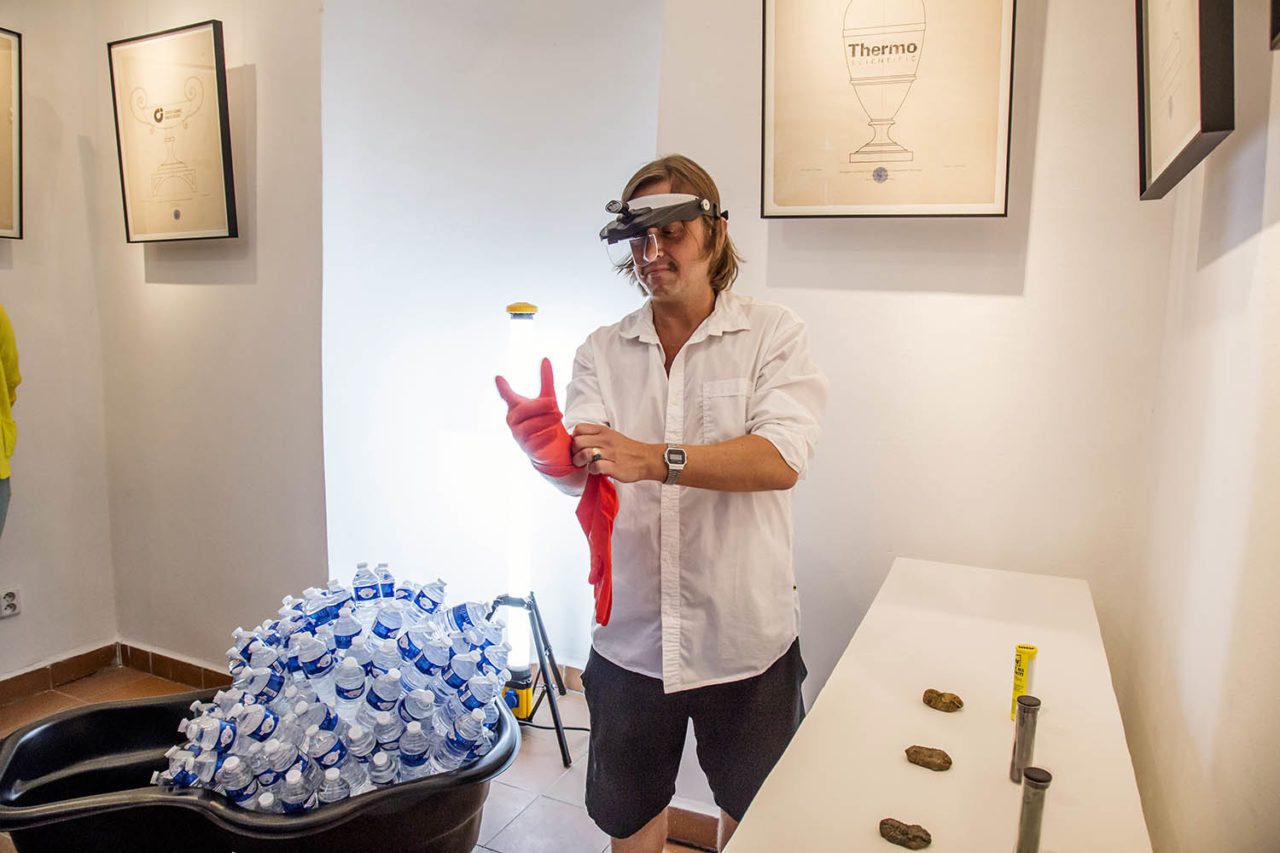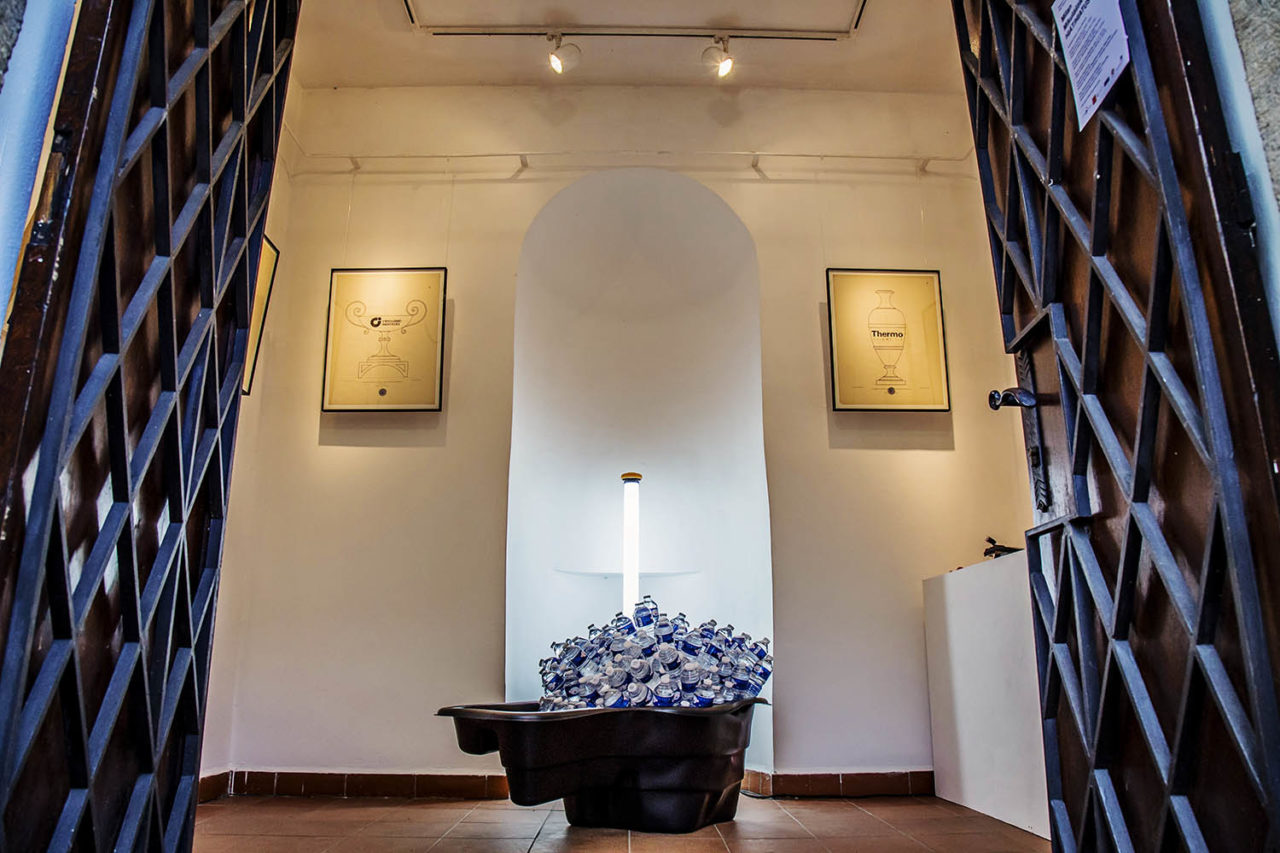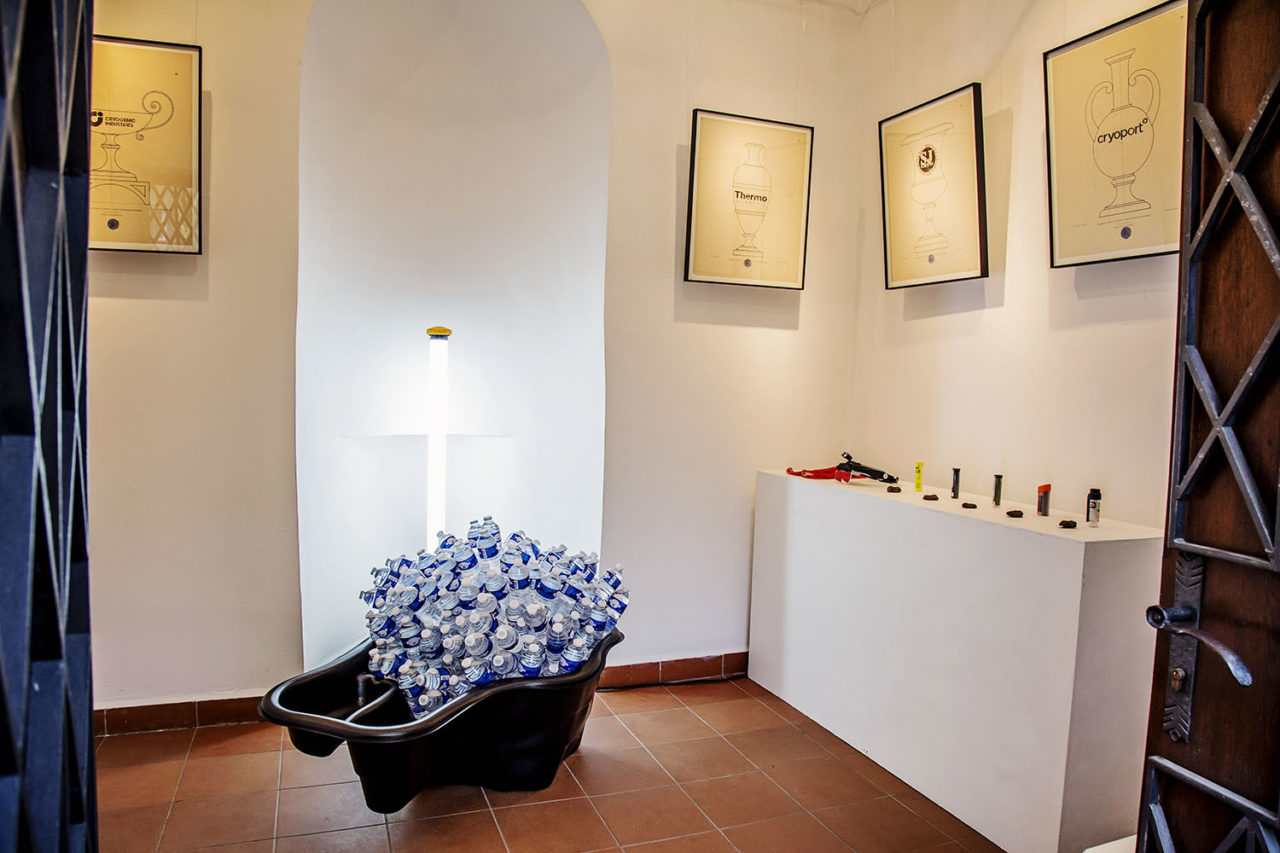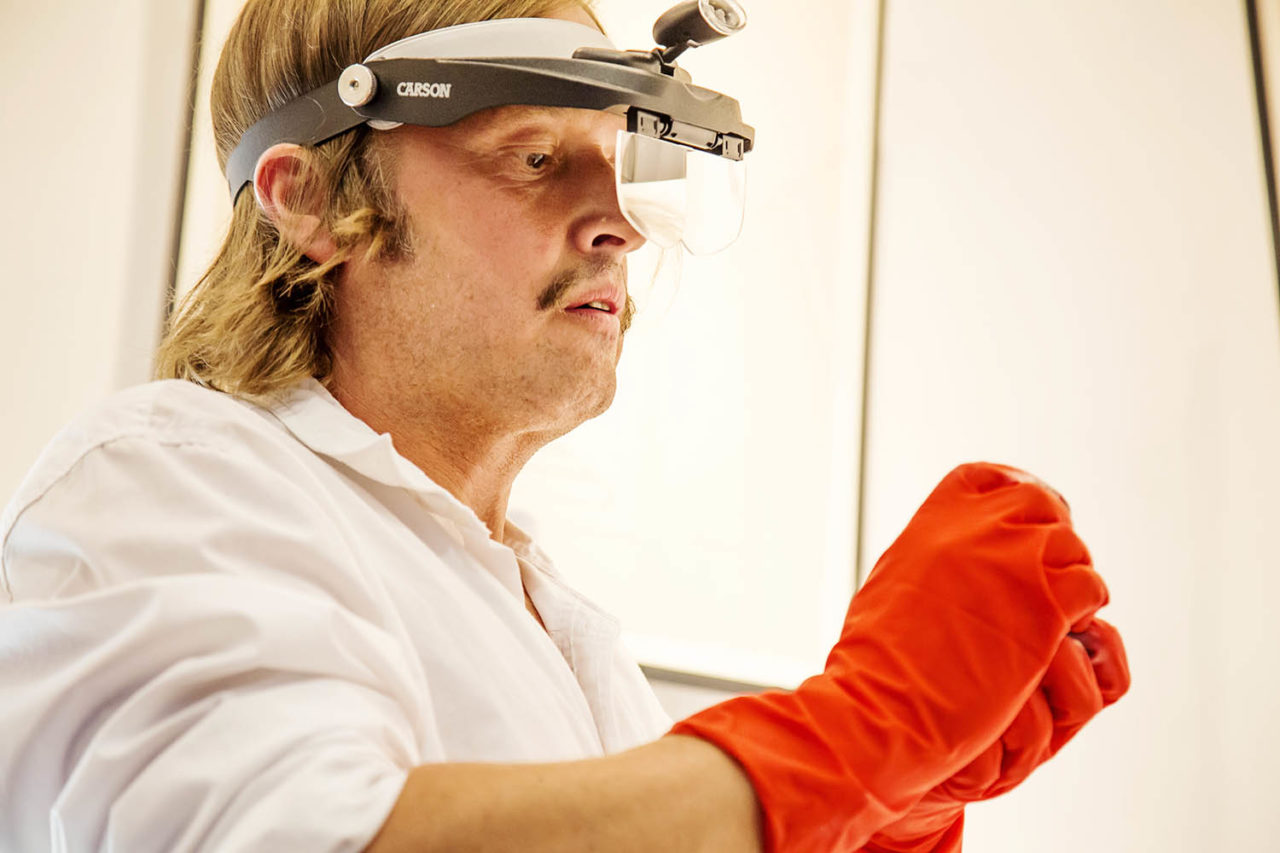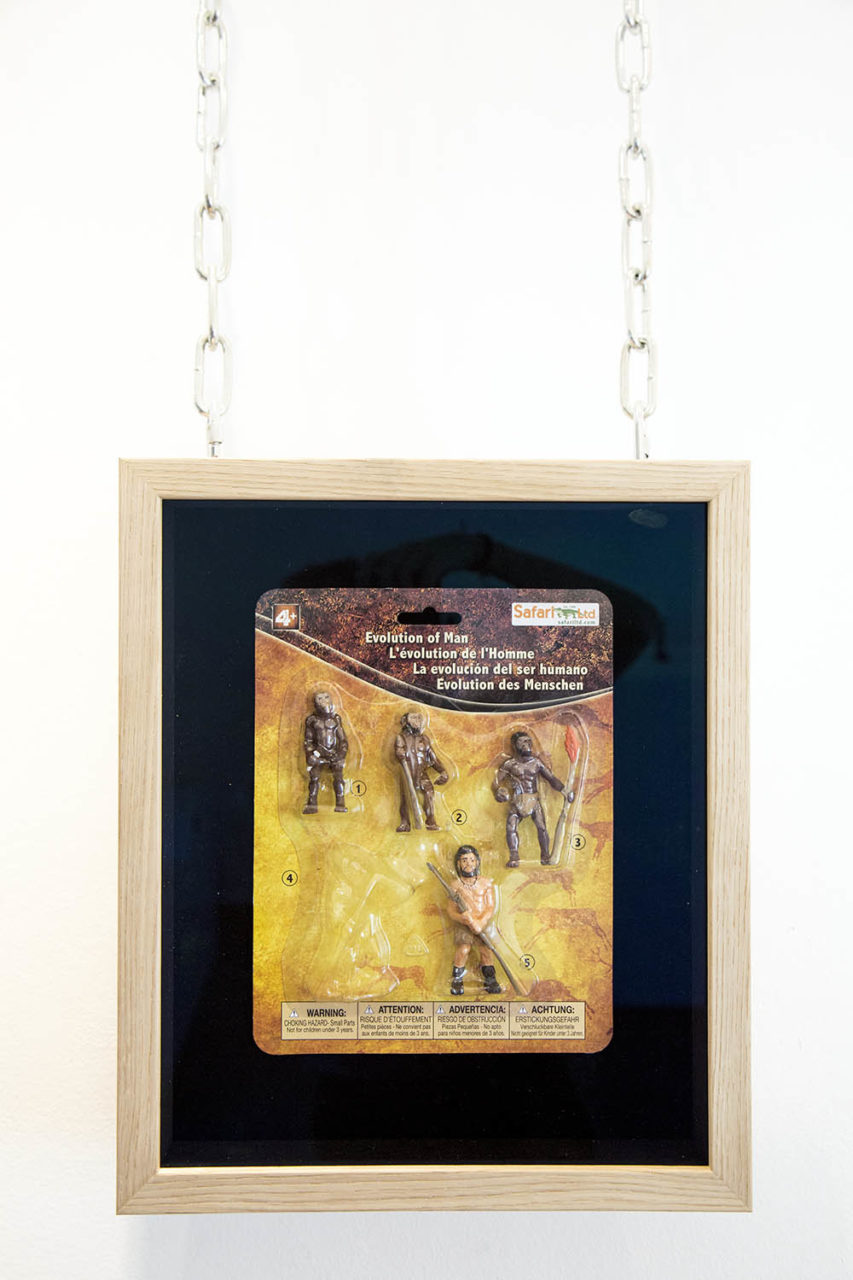Milan Mikuláštík: Hiát
An opening of the exhibition on Tuesday, August 28, 2018, from 6 p. m.
The exhibition until September 15, 2018
Performance on Monday, September 10, 2018, from 6 p.m.
Curator: Lenka Sýkorová
photo: Markéta Bendová
Accompanying program on Saturday, September 15, 2018:, 2:00 – 4:00 p.m. – animation workshop for children, 4:00 – 5:00 p.m. – commented viewing of the exhibition and the exhibition activity of Klamovka Pavilion.
Milan Mikuláštík is already an established personality on the Czech scene working as an active artist and curator. Mikuláštík’s independent creative work has been overshadowed in recent years by his membership of the art-activism group Guma Guar. It can be said that after ten years of group activity he is returning to independent creative work which, however, is logically marked by the creative synergy of Guma Guar. Mikuláštík’s politico-socially committed stance is highly important for his mark. As a curator he has organised several tens of exhibitions that have proved substantial for the development of Czech visual art. He has worked as a curator at Prague’s NoD and is constantly active at the NTK Gallery in Prague. He has also taught at Prague’s Academy of Arts, Architecture and Design (UMPRUM) in the Supermedia studio.
Mikuláštík’s current work wavers above all between the medium of readymade and installation. He is fascinated by the role of the museum as an institution for storing historical artefacts. A swirl of ideas around the author’s original and copy creates a deconstruction of contexts by ironic games that can draw us into the rituals of prehistoric hominids and to the present-day human endeavour of scientific knowledge using the latest technologies. What is significant is balancing on the edge of death and immortality of the current exhibition for the Altán Klamovka (Klamovka Arbour) Gallery. The exhibition entitled Hiát (Hiatus) shows the interweaving of the world of banality and consumerism in contrast to references made to history. The author regards the exhibition critically as a specific art medium. Part of the work also comprises the author’s performative statement during the preview and during the course of the exhibition which becomes equally important as a separate static installation. The term ‘hiatus’ generally means a gap, chink or tear, in geological terminology an interval of time during which there was no deposition of sediments. The removal of this link from the puzzle immediately disturbs the whole understanding of the present through history. In one of the readymades for the Altán Milan Mikuláštík explores the historical drawings or architectural features in the shape of vessels which are, according to the author, post-production “destroyed” logos of companies engaged in cryogenics or low temperatures in physics. He draws us into history by incorporating carbon copy paper and using carbon for drawing their logos. However at the same time cryogenic storage takes us to future possible immortality. The work moves in cycles and self-denial. In the next work entitled ‘Narcis’ (Narcissus) the author works with the water surface and ecological momentum. Again the present daily banality in the availability of water in half-litre PET bottles as far away as from France is a metaphorical presentation of an insular society regardless of the ecological footprint it leaves. These two works of the four-work puzzle also refers to the separate context of the Neo-Gothic arbour as a gallery institution. They partly cite from morphology and from an original hypothetical function romanticising buildings in Klamovka park which, according to local tales served as a well for the Praga mineral spring. In contrast, the two remaining parts work without the context of the exhibition venue, but with greater ease in the field of palaeontology. In order to read the Hiatus exhibition what is important is work with banality, a critical view of the present development of society and the conscious production of “anti-art”.
